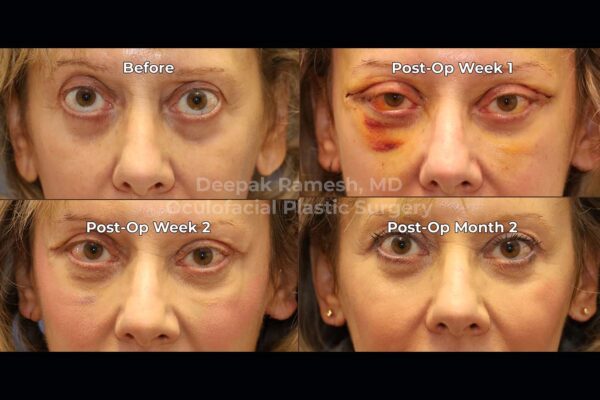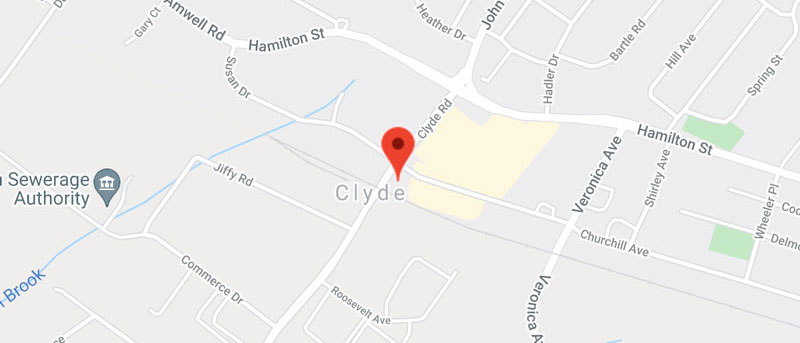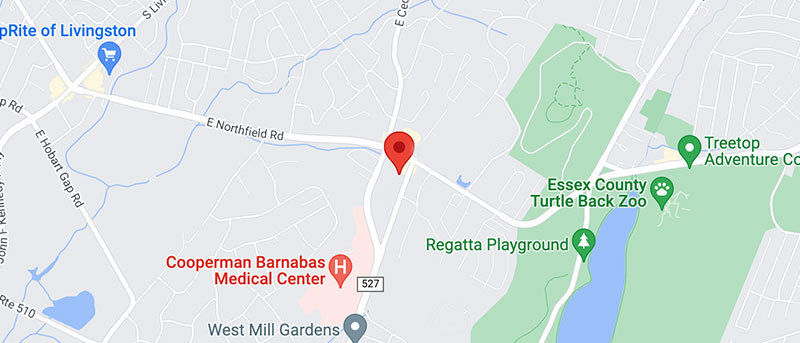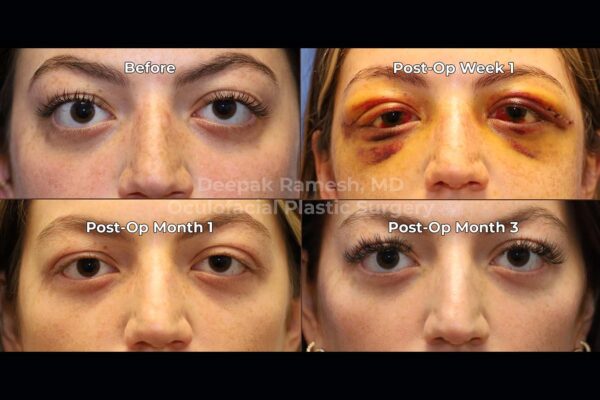
Recovery from Orbital Surgery
Orbital Decompression Timeline
Days 1-7:
- Your eyes will feel very swollen and may have chemosis (swelling or bleeding on the eyeball itself, which looks like “jelly”), dark bruising on the eyelids or face, or significant swelling. The PEAK day with the worst swelling is day 3 (with the day of surgery being day 0).
- Bleeding from the eyes or the wounds is normal. If you have bleeding, apply an ice compress with firm pressure to the area for 15 minutes.
- You will feel tired as you recover from anesthesia. Take rest, do not strain yourself, and eat small, easily-digestible meals.
- You might have pain in your eyelids, pain in the temple/when you chew if you had an eyebrow lift, pain when you move your eyes, or tenderness to touch. This is normal for the first several days.
- You will not look or feel like yourself due to swelling, and you will be asymmetric. Recognize that surgery is a process and you will take 3-6 months to heal, but you will start to look like yourself in 14 days.
Days 7-14:
- Your swelling should be improving day by day, but will still be very noticeable with purple, green, or yellowish bruising. Due to gravity, even if you had only eyelid surgery you may still see bruises in your cheek, jaw, or neck. You will start looking like yourself at day 14. The discoloration from bruises is typically resolved by day 14.
- Your vision will likely be slightly blurry from dryness but mostly back to normal. You can use artificial tears to help with vision/dryness.
- You might start to feel very itchy. Washing the itchy areas with warm running water is best. Do NOT rub the area.
- You will start to look like yourself, and day by day the bruising/discoloration will improve.
- Expect numbness along the lash lines or in your hairline. This is normal and usually disappears within several weeks.
- Some people become mildly depressed after surgery. Many people regret having surgery at all during the first week due to the bruising and swelling. You are not alone! Again, surgery is a process and it takes time for the swelling and bruising to improve. One must be patient during this time and remember that the swelling and discoloration are only temporary. It is best to adopt a positive attitude and look forward to resuming normal living as soon as possible. Persistent use of analgesics or sleeping pills may delay rapid convalescence.
– 1st week – 25% healing
– 1st month – 50% healing
– 3 months – 95% healing
– 6-12 months – fully healed

Days 14+:
- You will most likely look and feel much better, although there still will be swelling in the surgical area. The skin or tissues will feel tight. Your blinking may still not be complete or normal. It will take 3-6 months for all of this to improve, and warm compresses will help the area to heal.
- Occasionally, small cysts (called milia), which resemble whiteheads, appear along the incisions. These can be eliminated easily in the office if they do not resolve in 3 months. Use a gentle exfoliating regimen – Cetaphil Extra Gentle Daily Facial Scrub used every morning is a great way to exfoliate the eyelid skin. You can apply this right up to the eyelashes.
- You can start using silicone scar gel (ScarAway, Skinuva, ScarGuard, etc). Mederma has Vitamin E oil but often no silicone. These can be purchased at the drugstore. The silicone gel should be applied to all incisions every night (and in the mornings if you desire) with gentle massage along the incision itself.
Contact Us
Schedule an
Appointment
BOOK NOW
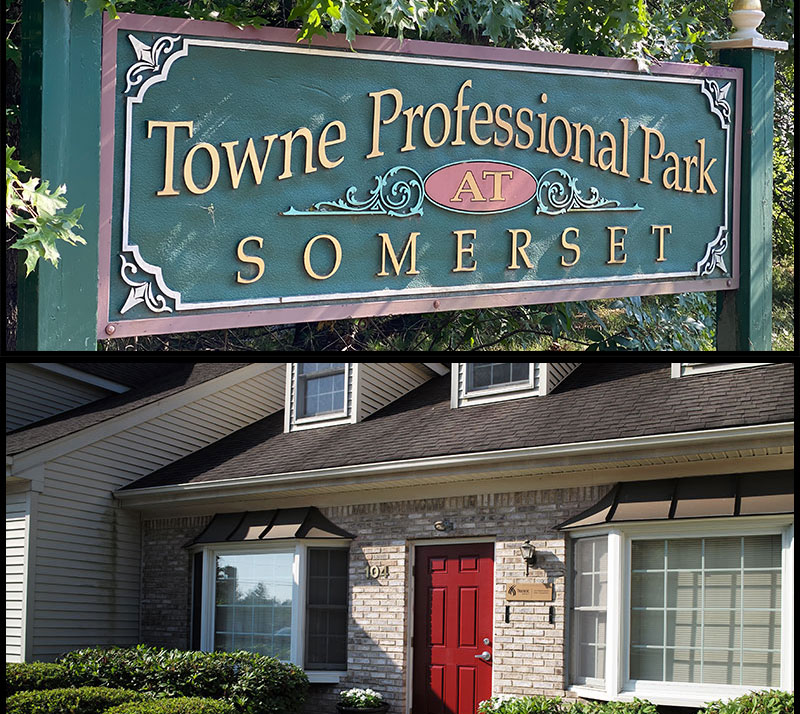
The Center for Eye and Facial Plastic Surgery
35 Clyde Road, #104
Somerset, NJ 08873
Monday – Friday: 8:30a – 4:30p
Livingston Office
22 Old Short Hills Rd Suite 202
Livingston, NJ 07039
Monday: 9:00a – 5:00p
Tuesday: 12:00p – 7:00p
Wednesday – Friday: 9:00a – 5:00p
P: (609) 608-0142
F: (855) 644-0469

